They both have shells, they both move like they’ve got all day, and they both give off major “wise old soul” energy, for sure.
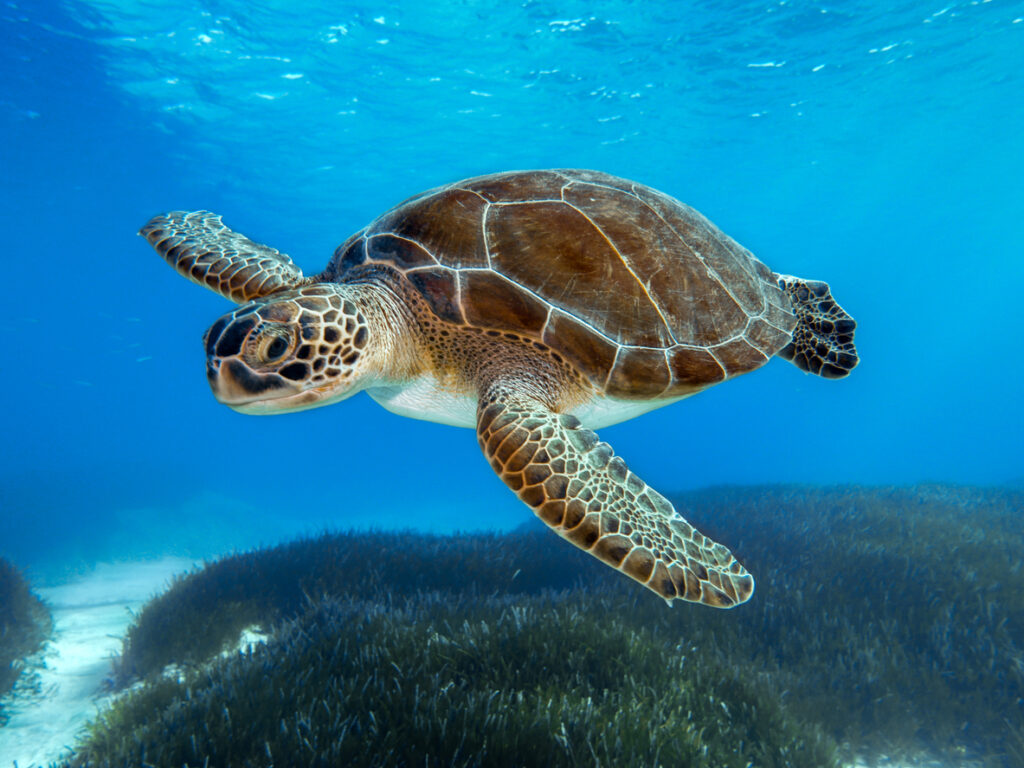
However, turtles and tortoises are not the same animal. While it’s easy to mix them up at first glance, there are some pretty clear differences once you know what to look for. Here are some straightforward signs that can help you figure out whether you’re hanging out with a turtle or a tortoise. They’re both remarkable creatures, that’s for sure.
1. One lives in water, the other on land.
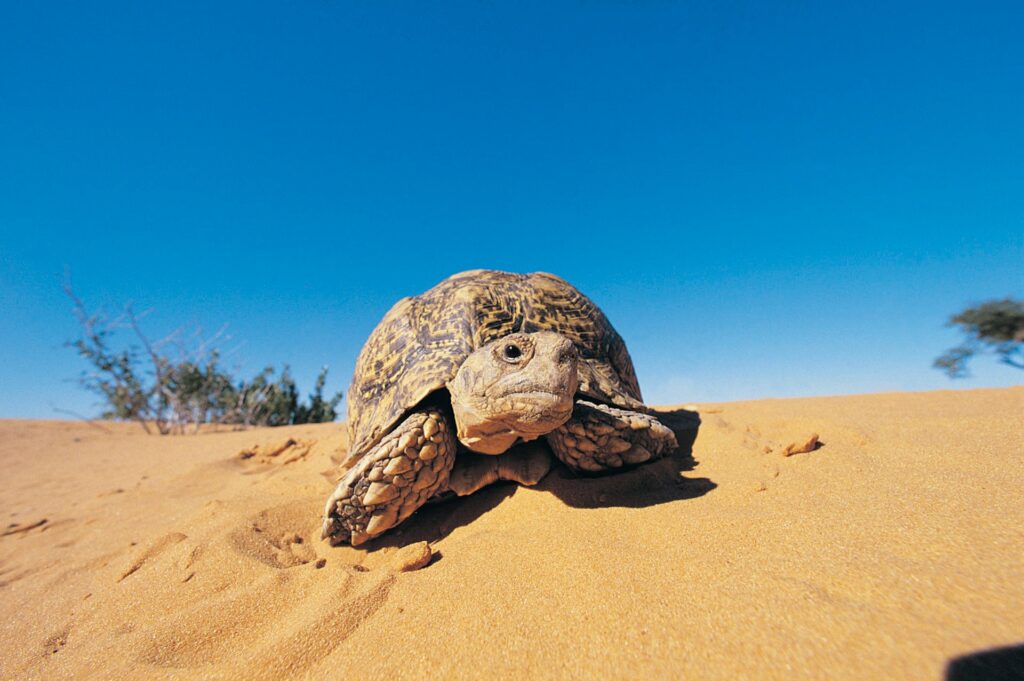
This is the big one. Turtles are built for aquatic life—they swim, they float, and they spend most of their time in or around water. Tortoises, on the other hand, are land lovers through and through. You’ll usually find them slowly stomping around gardens, deserts, or forests.
If you see a shelled creature chilling in a pond, it’s a turtle. If it’s lumbering across dry land and looking like it owns the place, it’s probably a tortoise. Simple, but surprisingly easy to forget.
2. Their shells are shaped differently.
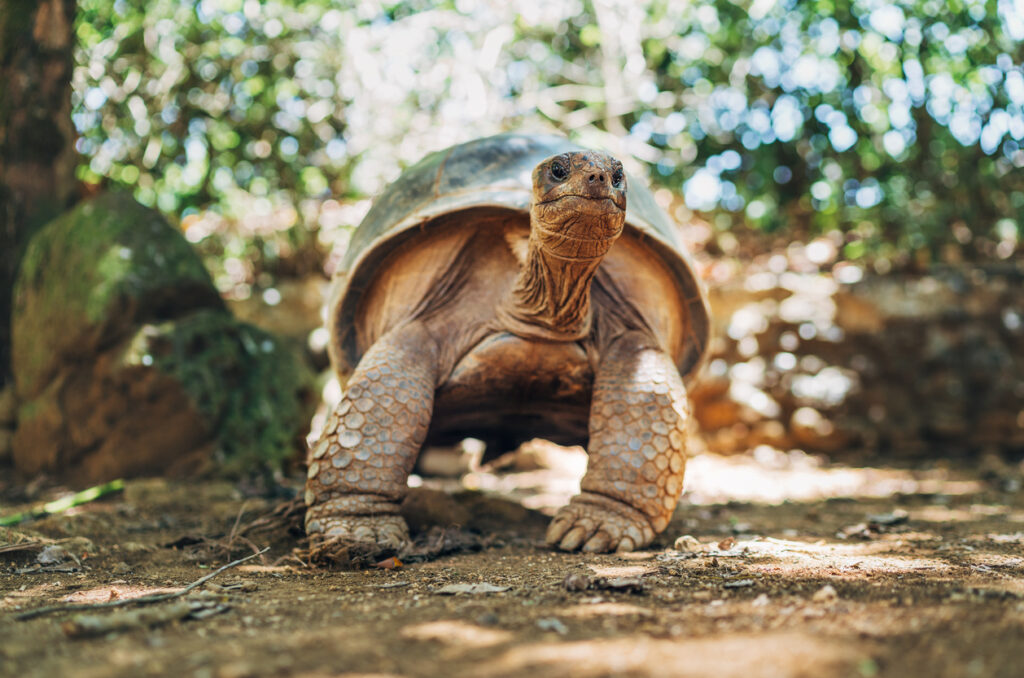
Tortoises have tall, dome-shaped shells—kind of like a slow-moving helmet. These rounded shells aren’t built for speed, but they offer solid protection from predators and harsh conditions on land. Turtles have flatter, more streamlined shells. That helps them glide through the water with less drag. So if the shell looks sleek and low, think turtle. If it looks like a boulder with legs, it’s most likely a tortoise.
3. Their feet are made for different worlds.
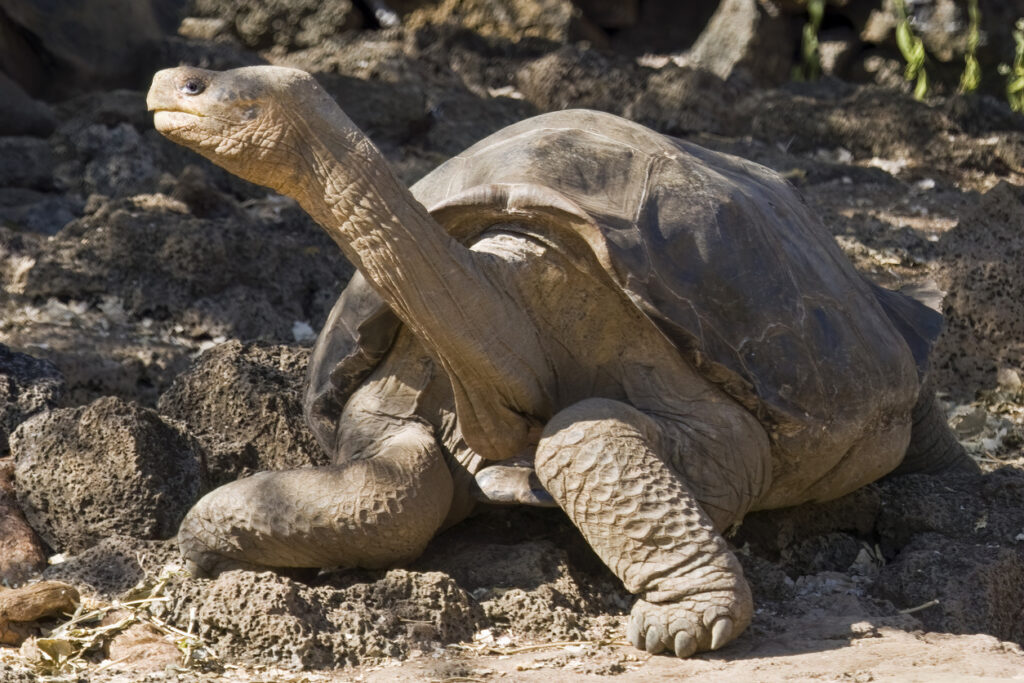
Tortoises have thick, sturdy feet with clawed toes. They’re basically made for digging, climbing over rocks, and trudging through rough terrain. Think elephant feet, but scaled down and way more patient. Turtles, especially sea turtles, have flipper-like limbs that help them swim. Even freshwater turtles have webbed feet. If you see flippers or webbing, it’s a water-dweller. If the feet look chunky and ground-focused, that’s your tortoise.
4. Turtles are generally faster (at least in water).
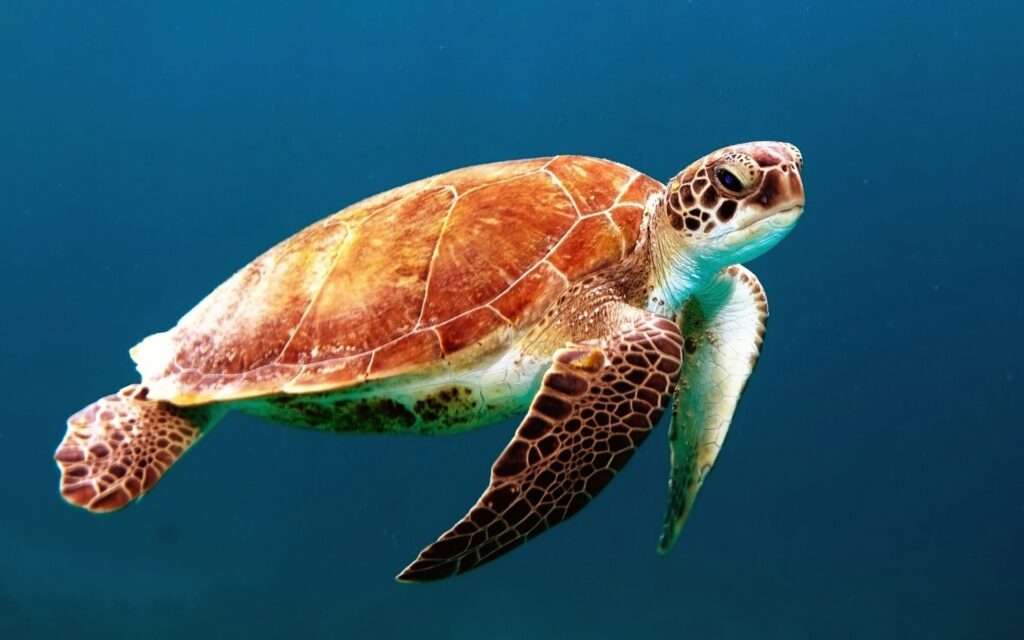
Neither of them is winning a sprint race on land, but turtles are much faster in water than tortoises are on land. They can swim surprisingly quickly, especially when they need to escape predators or catch food. Tortoises, meanwhile, live life in the slow lane. Their movements are deliberate and unhurried. If your shelled friend suddenly zips away in the water, it’s a turtle. If it’s still mid-step five minutes later, that’s definitely a tortoise.
5. Their diets aren’t always the same.
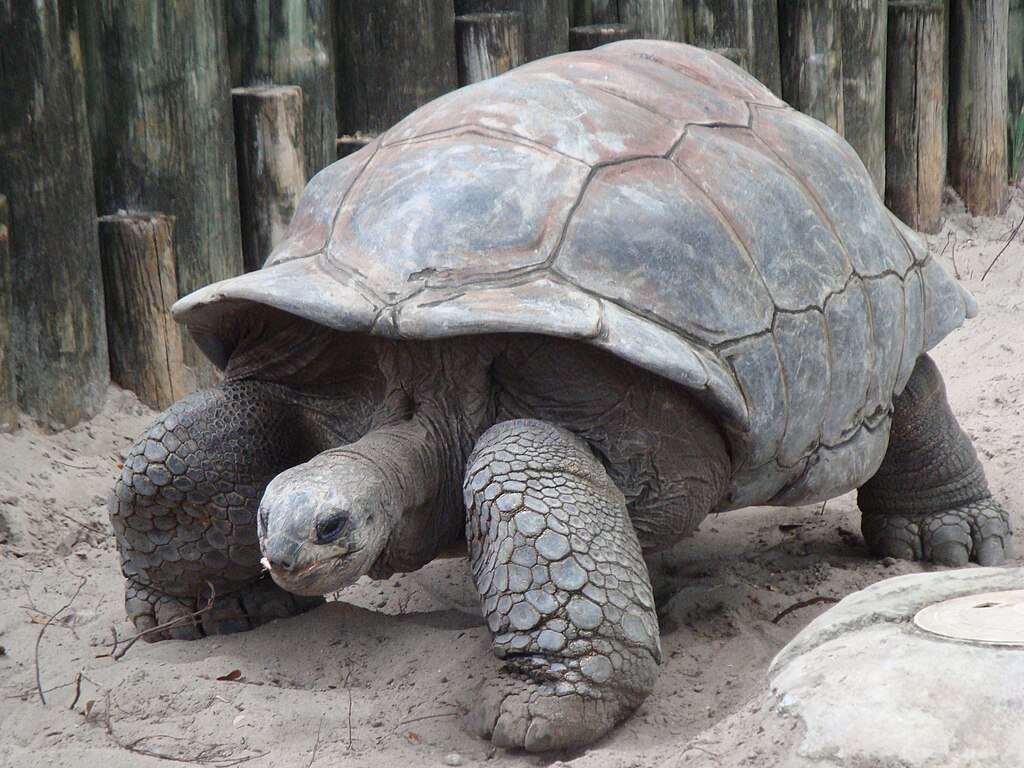
Most tortoises are strict herbivores. They love munching on grasses, weeds, leafy greens, and even the odd bit of fruit. Their diet reflects their land-based lifestyle—no fish or meat on the menu. Turtles are a bit more flexible. Depending on the species, they might eat plants, insects, small fish, or aquatic invertebrates. If you catch one eating a snail or chasing after something in the water, that’s a big clue you’re looking at a turtle.
6. Their bodies react differently to drying out.
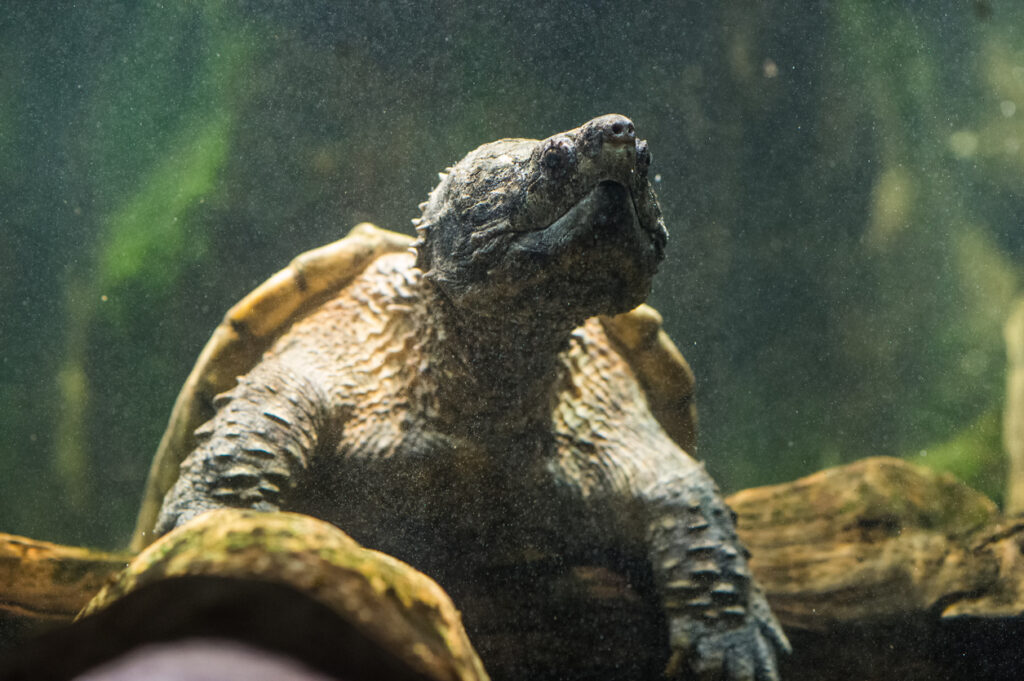
Tortoises are designed to handle dry conditions. Many species live in deserts or other arid environments, and their bodies are built to retain water and survive without constant hydration. Turtles need regular access to water—not just for swimming, but for staying hydrated. If you leave a turtle out in the sun without access to water, it can become dehydrated fast. Tortoises, meanwhile, are more equipped to tough it out.
7. Turtles are often more colourful.
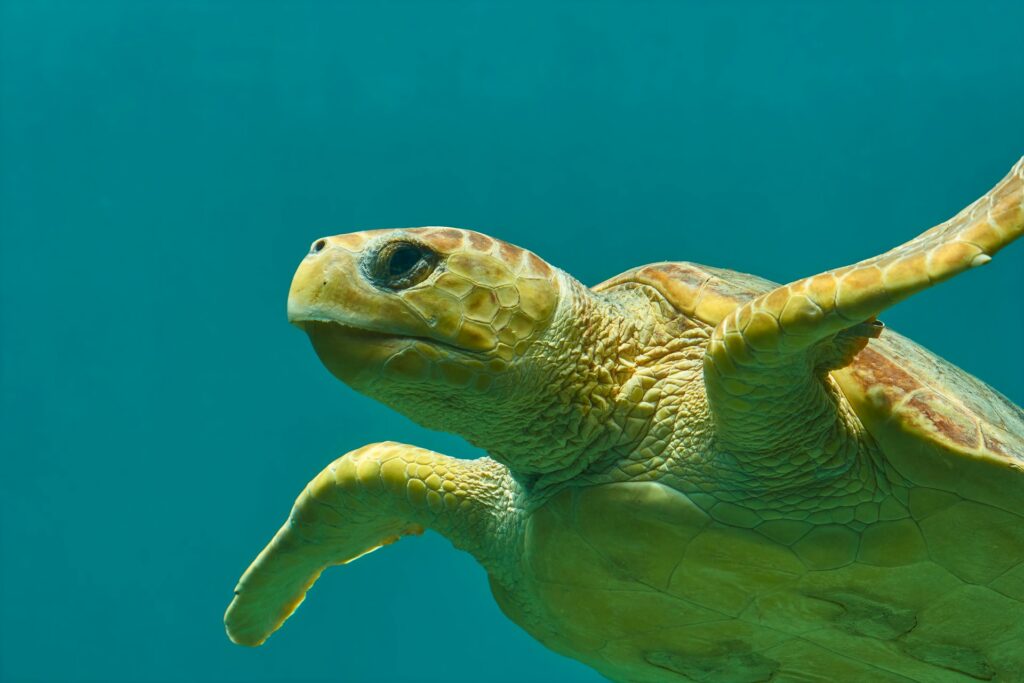
Many turtles have vibrant markings—bright yellows, reds, and striking patterns that stand out in the water. Think of red-eared sliders or painted turtles with those bold stripes and spots. Tortoises tend to go for a more muted look. Their shells and skin usually come in earthy tones like brown, grey, or olive. It suits their land-based, camouflage-friendly lifestyle. If it looks like it could hide in a pile of leaves, that’s probably a tortoise.
8. Their lifespans can differ, especially in the wild.
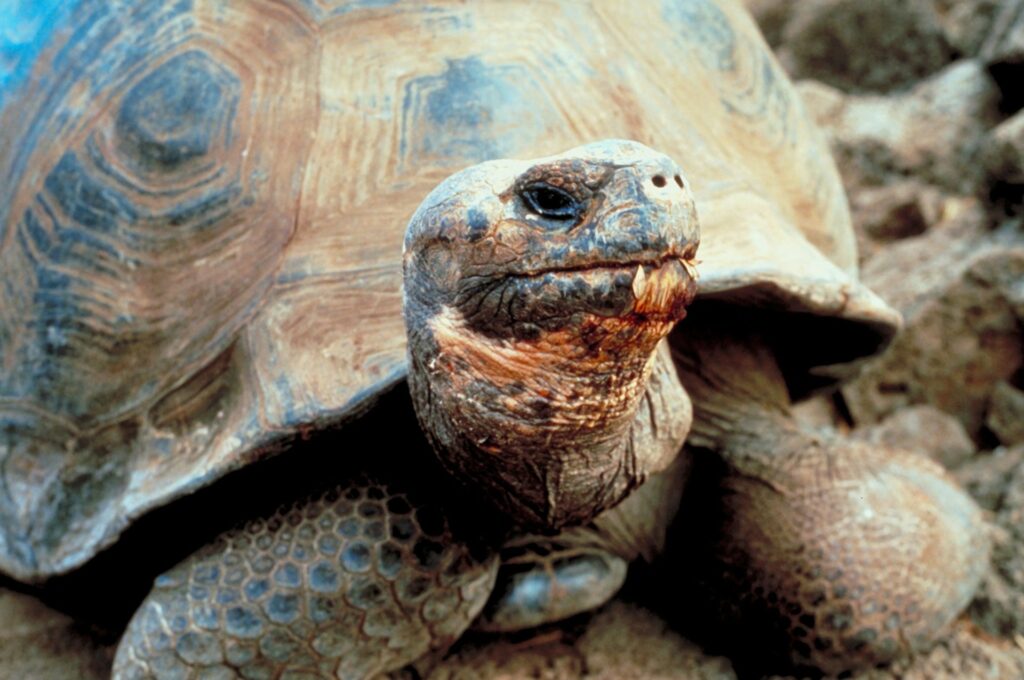
Both turtles and tortoises can live a long time, but tortoises are the true champions of longevity. Some species can live over 150 years, especially in the wild or when well cared for in captivity. Turtles usually don’t live quite as long, especially smaller or freshwater species. Sea turtles can live for decades, but tortoises still hold the record for the slowest and steadiest approach to ageing.
9. Their necks and posture give clues.
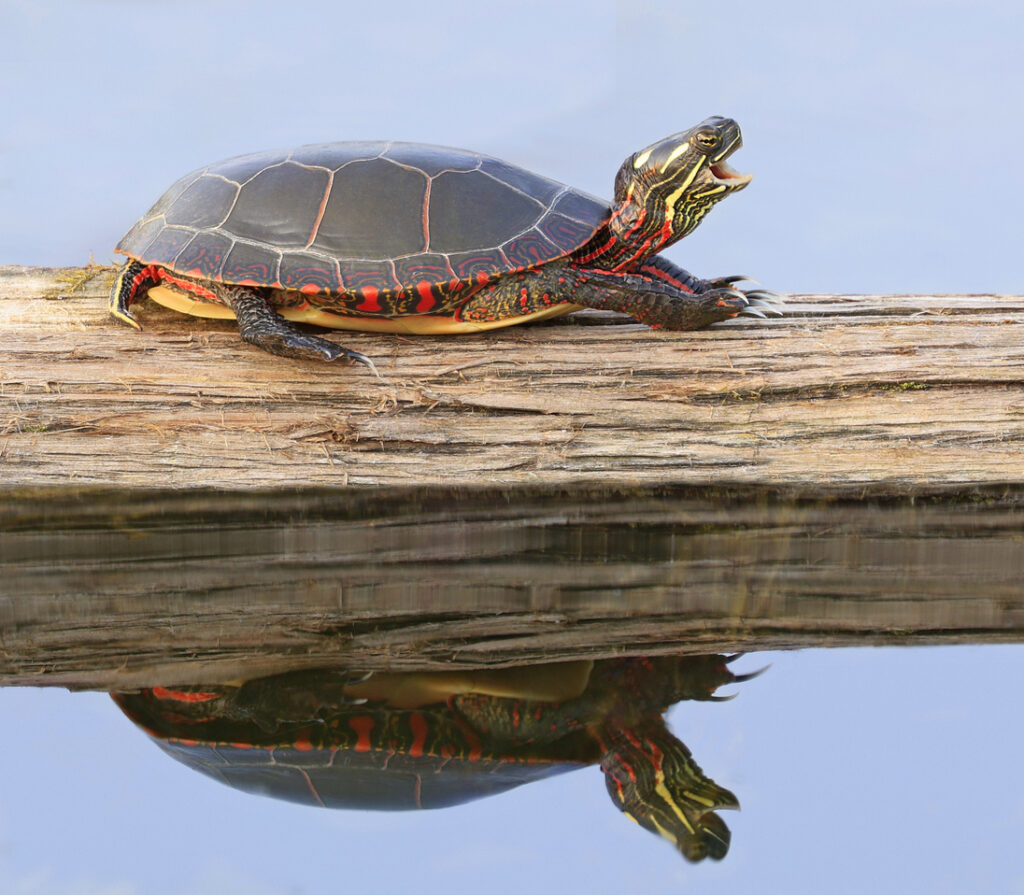
Tortoises often have longer, more extended necks they stretch out when eating or exploring. They also tend to hold their heads higher and straighter, almost like they’re surveying their kingdom. Turtles usually keep their heads lower and closer to their bodies, especially when moving around in the water. If it looks like a little dinosaur on stilts, it’s probably a tortoise. If it’s sleek and tucked in, lean toward turtle.
10. Their eggs are laid in different places.
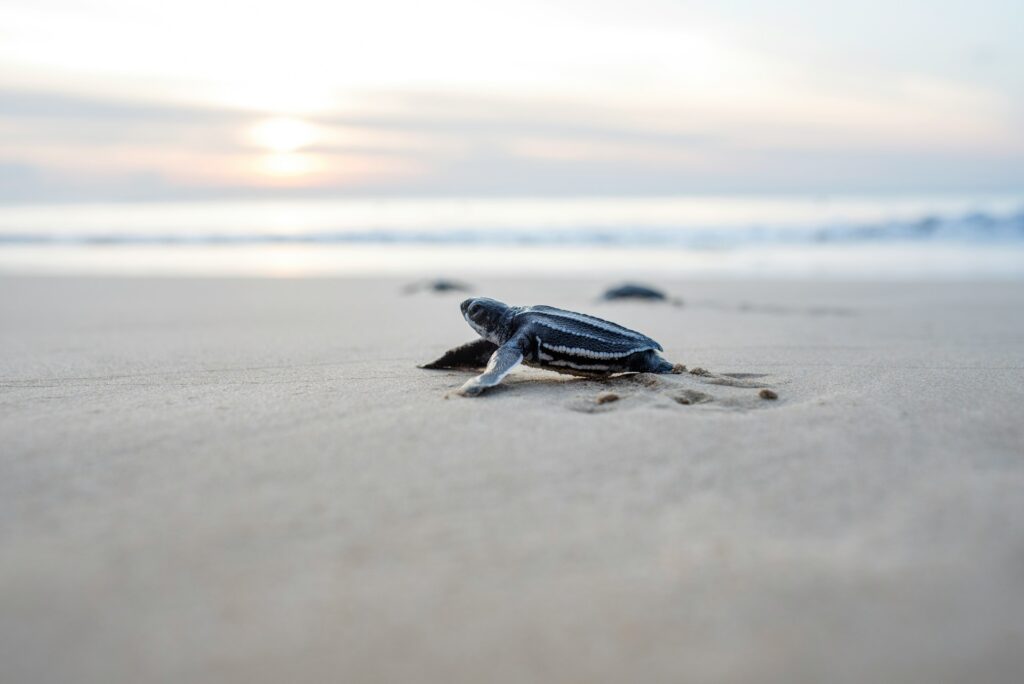
Turtles usually lay their eggs in shallow nests near water, often on sandy beaches or riverbanks. After laying them, they head back into the water and let nature take over from there. Tortoises dig deeper nests on land, often in soil or sand, and lay their eggs where it’s warm and protected. Both species are hands-off parents, but the location of the nest gives you a clear idea of who laid it.
11. Their personalities are a bit different.
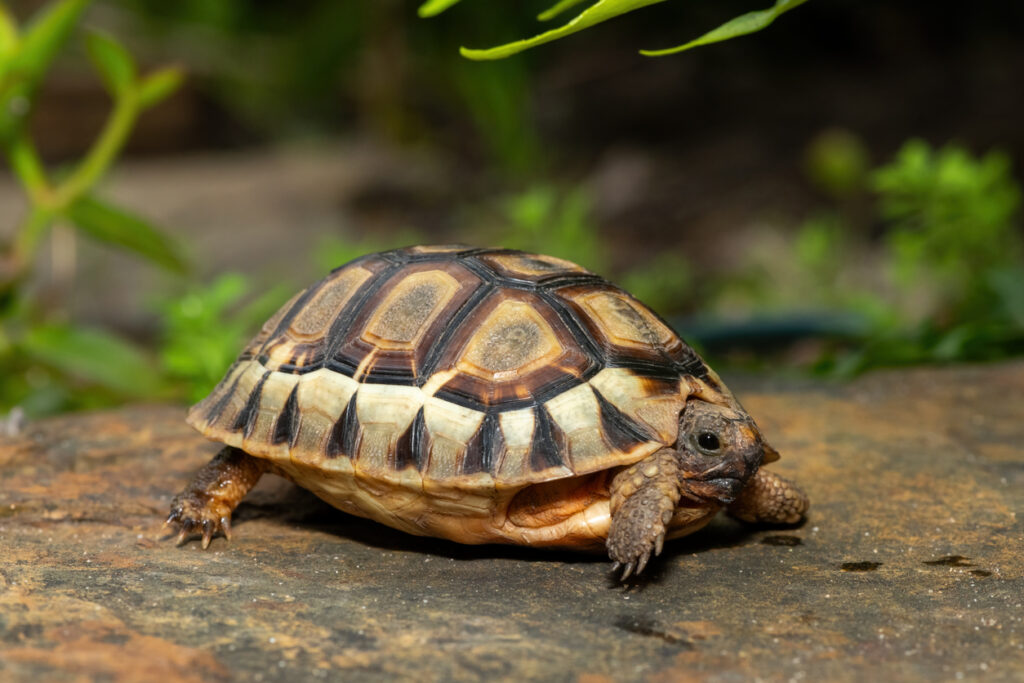
Tortoises are often described as more curious and bold, especially when kept as pets. They’ll approach people, investigate new things, and take their sweet time doing it. They seem a bit more expressive in their slowness. Turtles are typically shyer. They tend to retreat into their shells or dart away when disturbed. While they have their own charm, they’re usually more about quick retreats than slow socialising.
12. Their conservation status varies wildly.
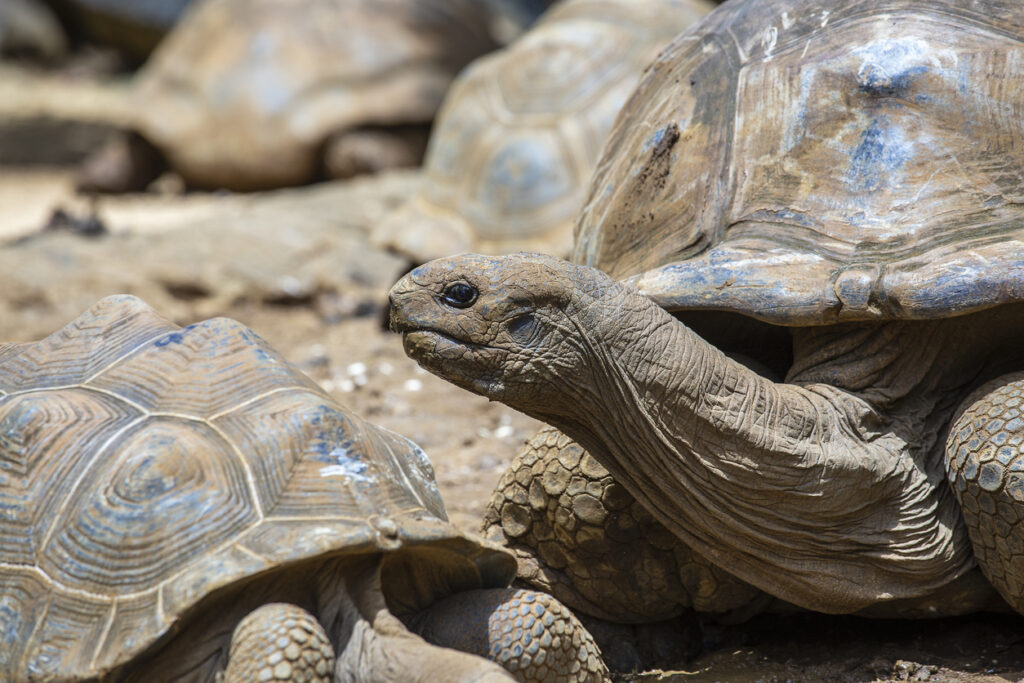
Many turtle species, especially sea turtles, are endangered due to pollution, plastic waste, and loss of nesting grounds. Their reliance on clean oceans and undisturbed beaches makes them incredibly vulnerable. Tortoises are also threatened, particularly by habitat destruction and the illegal pet trade. Both need protection, but the challenges they face are a little different. Whether it’s a tortoise or a turtle, chances are it could use our help.